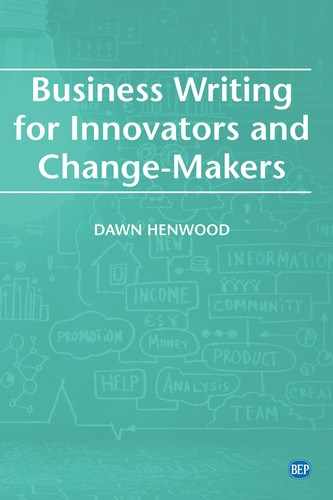As an entrepreneur, you’re continually pushing yourself beyond your comfort zone. Blazing your own trail requires you to learn new skills and pick up tools you haven’t handled before or perhaps have even intentionally avoided. I’m not a “numbers person,” but running my own consulting business has forced me to learn to navigate spreadsheets and financial statements. Likewise, I’d rather get my teeth drilled than make a prospecting phone call, but—to my great amazement—I’ve learned how to do that too.
I’m amazed every time I pick up the phone to approach a potential client because I used to suffer from what I called a profound phone allergy. I dreaded not just making calls but taking them too. Even the thought of dialing a colleague or client I knew well would start my heart pitter-pattering and make my gut churn.
Then I met Mary Jane Copps, aka The Phone Lady (www.thephonelady.com), who introduced me to a step-by-step process for starting a phone conversation. I came to realize that the ability to build relationships over the phone isn’t an innate talent but a learnable skill set. I’d misdiagnosed myself as having a constitutional deficiency, an “allergy,” when I only lacked knowledge and practice.
In my 20 years as a writing instructor and coach, most of the people I’ve trained have held a similarly mistaken belief about their writing abilities. They’ve bought into the popular assumption that strong writers are born, not made. And they’ve been startled to discover how much more fluent and effective their written communication becomes as soon as they stop viewing writing as a gift and start seeing it as group of techniques that anyone can master.
As an entrepreneur leading an innovative business or social enterprise, you need a particularly adaptable set of writing skills that will enable you to tackle each new communication challenge as it arises. In a large, established organization, people produce a limited range of documents, determined by their role. Junior engineers produce incident reports, while senior engineers write technical reports and contribute to proposals. Marketers produce marketing collateral, accountants report on financial matters, and learning specialists develop training materials. But as an innovator at the helm of an evolving organization, you’re called upon to create (or supervise the creation of) a wide variety of writing that spans multiple business functions.
This week, the challenge might be to write a critical e-mail following up with a prospective client you met at a networking event. Next week, you might be faced with drafting a proposal, revising your web copy, or starting your first white paper. Or you might find yourself Googling to clarify the kind of document a client is expecting, especially if they’ve thrown an acronym or a piece of jargon at you, such as SOW (Statement of Work), pitch deck, or TOR (Terms of Reference document). As you know, when you head into the wilds of entrepreneurship, no one gives you a map of the territory. Nor do you get a guidebook to all the different kinds of writing you’ll need to produce.
This book doesn’t pretend to provide a comprehensive guidebook to entrepreneurial communication—because no book could possibly cover all the peculiar writing tasks you’ll encounter along your entrepreneurial journey. Instead, it gives you practical tips and tools for producing the kinds of writing that power up innovative organizations. These are the types, or genres, of writing that fuel growth. They attract clients and customers, secure capital, and engage your client base in an ongoing conversation centered on your organization’s values and mission.
Think of this book as a writing coach rather than as a writing instructor. I suggest that you start with the first chapter, which outlines an agile writing process you can apply to any kind of business writing. I’ve dubbed this method the Change-Maker Writing Process because it addresses the special challenges you face when you’re communicating at the edge of innovation. Writing persuasively about a brand new solution, or a solution your readers don’t grasp from a technical perspective, requires you to pay particular attention to what your audience does understand and value so you can connect with them in ways that go beyond the cognitive.
Once you’ve learned the Change-Maker Writing Process, I invite you to explore the other chapters in whatever order makes sense to you, perhaps on an as-needed basis. You’ll find that each chapter contains straightforward tips, examples, and models you can apply on the spot, along with a handy checklist.
Throughout the book, you’ll also meet other innovators who have shared with me their insights into producing powerful writing that drives business results. Like my favorite writing guru Peter Elbow, I believe firmly that “everyone can write,”1 and the real entrepreneurs featured in this book show how true that is. None of them are “trained” or “professional” writers, yet they’re all using writing to connect with their target audiences and move their businesses forward. I’m grateful to all of these folks for giving us glimpses into their personal writing process, and I hope you find their stories relevant and motivational.
A wise colleague once told me, “You never finish a piece of writing; you just abandon it.” In abandoning this book, I’m conscious that it could be improved in many places. I’d welcome any feedback you have for bettering the next edition. Feel free to send me an e-mail ([email protected]), or connect with me on LinkedIn.
Best wishes as you set out to take your writing, and your business, to the next level!

___________
1Although Peter Elbow has published many scholarly books and articles on writing, his work is very accessible. For practical tips to make writing easier, check out his collection of essays called Everyone Can Write (New York, NY: Oxford University Press, 2000).
